Sign Materials
At Brooklyn Signs, we understand that the right material makes all the difference in creating effective and lasting signage. That’s why we offer an extensive selection of high-quality sign materials, each with unique properties and applications. Whether you’re looking for outdoor resilience, indoor sophistication, or specialty applications like neon or magnetic signs, we have the perfect solution for you.
Discover the ideal material for your next project with us. Dive into the world of possibilities with our comprehensive material options, detailed to help you make an informed decision for your branding and signage needs.
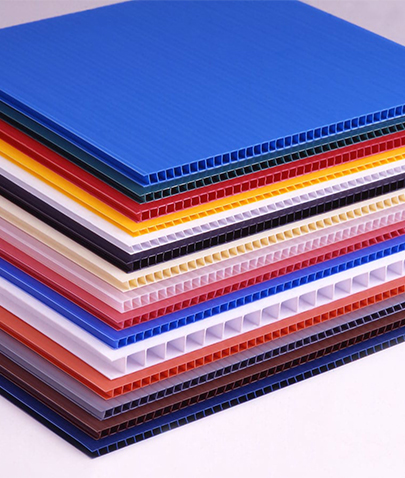
Coroplast Signs
Lightweight, durable, and versatile, Coroplast signs are perfect for both indoor and outdoor applications, offering vibrant visibility in any setting.
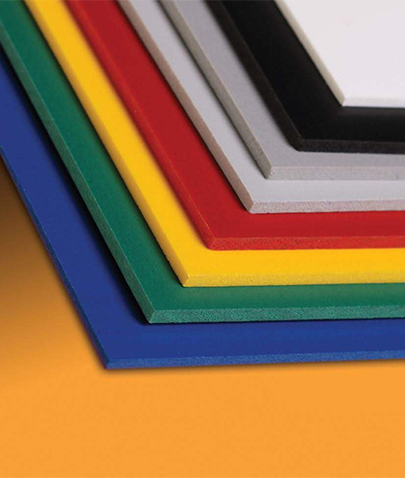
Sintra Board Signs
Sturdy and lightweight, Sintra Board offers a smooth, matte finish for high-quality prints, ideal for both indoor and durable outdoor signage.
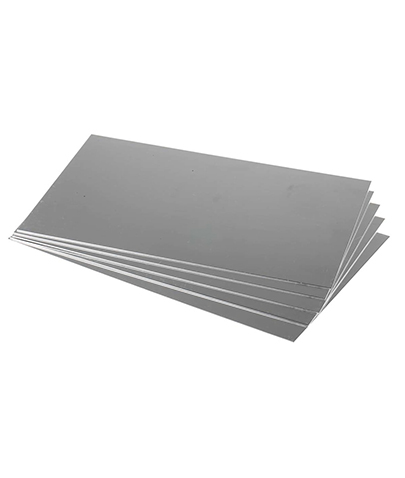
Aluminum
Sleek, strong, and rust-proof, aluminum signs provide a professional look for long-lasting outdoor and indoor applications.
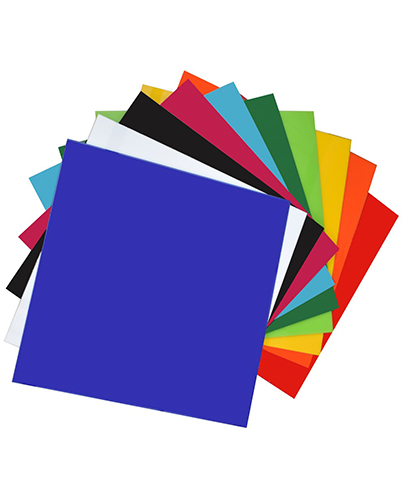
Acrylic
Elegant and modern, Acrylic signs offer a glass-like finish with excellent durability, perfect for upscale and illuminated signage.
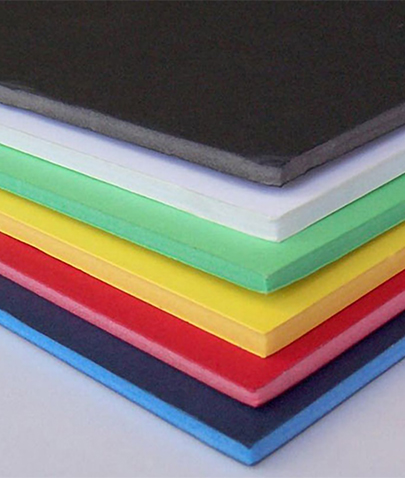
Styrene
Flexible and cost-effective, Styrene is great for vibrant, lightweight signs suited for both short-term outdoor and long-term indoor use."
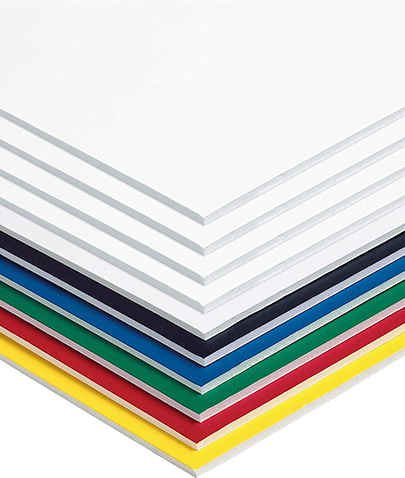
Foam Board
Light and easy to handle, Foam Board is ideal for temporary indoor displays, offering a polished look for presentations and events.
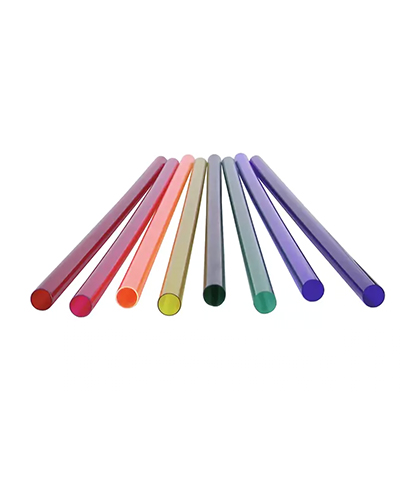
Neon
Bright and eye-catching, Neon signs deliver a classic, retro vibe with their distinct glow, ideal for impactful branding and decoration.
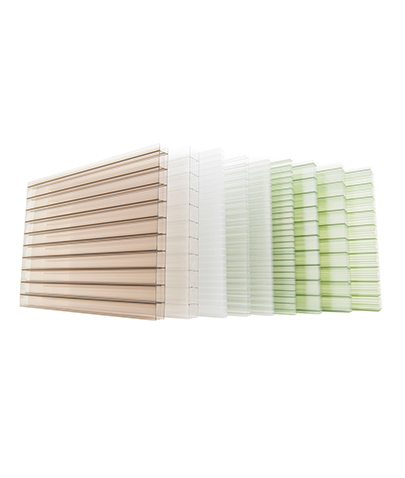
Lexan
Virtually unbreakable and UV resistant, Lexan is a top choice for long-term outdoor signage and backlit displays.
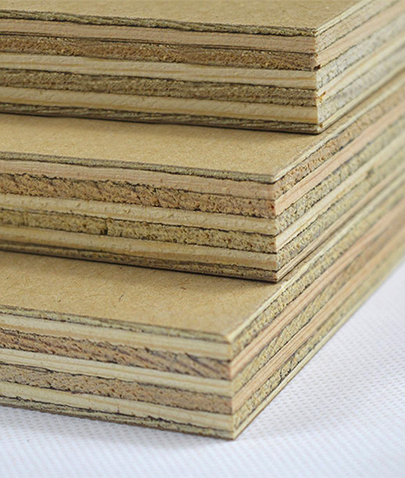
MDO (Medium Density Overlay)
Robust and weather-resistant, MDO provides a smooth surface for painting and digital printing, perfect for outdoor signs and billboards
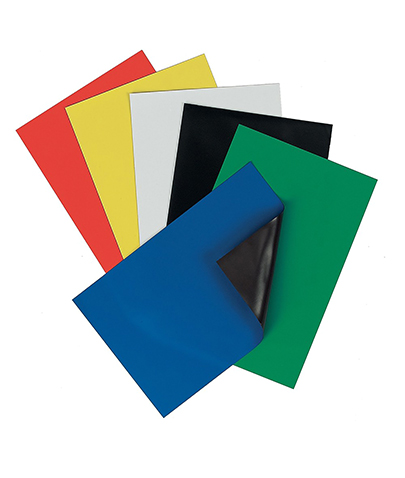
Magnetic Sheet
Convenient and versatile, Magnetic sheets are perfect for temporary signage on metal surfaces, easily customizable and repositionable.
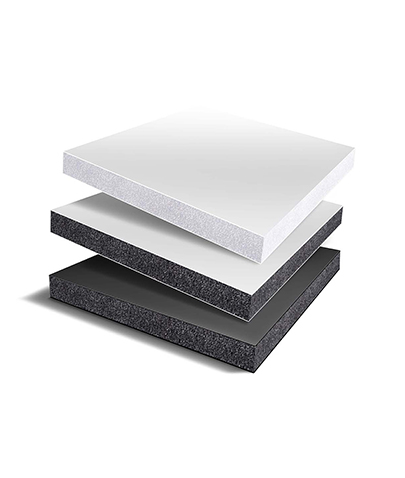
Ultraboard
Durable and rigid, Ultraboard is a premier choice for high-quality, long-lasting indoor signs with a professional, polished appearance.
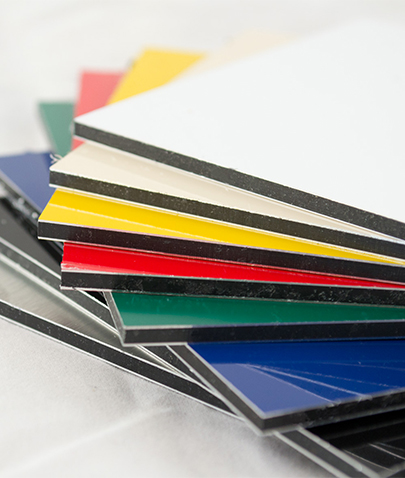
Dibond
Combining strength and lightness, Dibond offers a sleek aluminum facade, ideal for durable, high-end outdoor and indoor signage.
